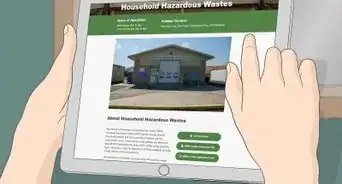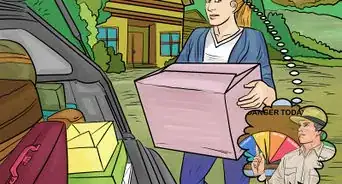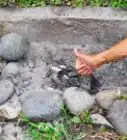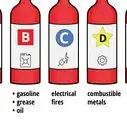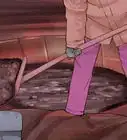This article was co-authored by Josh Goldbach. Josh Goldbach is an Outdoor Education Expert and the Executive Director of Bold Earth Adventures. Bold Earth leads adventure travel camps for teenagers all over the world. With almost 15 years of experience, Josh specializes in outdoor adventure trips for teens both in the United States and internationally. Josh earned his B.A. in Psychology from Eckerd College in St. Petersburg, Florida. He’s also trained as a wilderness first responder, a Leave No Trace master educator, and a Level 5 Swiftwater rescue technician.
There are 12 references cited in this article, which can be found at the bottom of the page.
This article has been viewed 480,604 times.
Whether you're camping, cooking, or just minding your own business, knowing how to put out a fire properly will help you be prepared for any situation. If you feel that a fire is too large or dangerous for you to put out, don't hesitate to call the fire department.
Steps
Using a Fire Extinguisher
-
1Determine whether it is appropriate to use a fire extinguisher. Certain types of fires are unsuitable for a fire extinguisher. If the fire is out of control, then do not use a fire extinguisher and get the help of the fire department.
-
2Identify the appropriate type of fire extinguisher for the type of fire. Depending on the fire, different extinguishing agents may need to be used to put the fire out.
- Class A fire extinguishers can be used for trash, wood, and paper fires.
- Class B fire extinguishers can be used for flammable liquids, such as oil or grease.
- Class C fire extinguishers can be used for electrical fires.
- Class D fire extinguishers can be used for fires involving combustible metals, such as magnesium or sodium.
- Class K fire extinguishers can be used for cooking fires.
- Most fire extinguishers in use are rated for class A, B, and C fires.
Advertisement -
3Pull the pin on the fire extinguisher. Removing the pin will allow for the material of the fire extinguisher to be discharged.
-
4Aim at the base of the fire. Point the hose or spray of the fire extinguisher at the base of the fire.
-
5Squeeze the lever of the fire extinguisher. Doing so will discharge the contents of the fire extinguisher onto the fire.
-
6Sweep the hose from side to side. Repeat this until the fire is extinguished.
-
7Contact the fire department. If the fire is not successfully extinguished within a few seconds of using the fire extinguisher, then the fire is too large to manage. Leave the area and call the fire department. Even if you successfully extinguish the fire, the fire department can help manage hotspots that may reignite.
-
8Refill or discard your fire extinguisher when you are done. After successfully extinguishing the fire, you will need to refill the fire extinguisher. If the fire extinguisher is not refillable, you will need to empty the remaining contents outside and then throw it away. Make sure to replace it with a new extinguisher as soon as possible.
Using a Fire Blanket
-
1Determine whether it is appropriate to use a fire blanket. Certain types of fires are unsuitable for a fire blanket. If the fire is out of control, then do not use a fire blanket and get the help of the fire department.
-
2Place the fire blanket on top of the fire. After removing the fire blanket from its pouch, put the fire blanket on top of the fire. If a person's clothes is on fire, have them stop, drop, and roll.
-
3Let the fire suffocate. It may take several minutes for a fire to be completely smothered by the fire blanket. Keep the fire blanket on the fire, and do not lift the blanket back up until it has completely cooled down.
-
4Contact the fire department. If the fire is not successfully extinguished within a few minutes of using the fire blanket, then the fire is too large to manage. Leave the area and call the fire department. Even if you successfully extinguish the fire, the fire department can help manage hotspots that may reignite.
-
5Discard the fire blanket after use. Most fire blankets cannot be used multiple times. After it has been used once, you cannot use it again. Make sure to replace it with a new fire blanket as soon as possible.
Putting out a Kitchen Fire
-
1Cut off the oxygen of microwave or oven fires. If something flames up in the oven or the nuke machine, stay calm. Turn off the device, close the door, and watch it closely. Closing it off and eliminating the heat source should make small fires die down quickly. Get your fire extinguisher and watch it closely.[1]
- If the fire doesn't die down, open the door very carefully and spray it with the extinguisher to put the fire out. If you have any trouble whatsoever, call the fire department immediately.
-
2Put a lid on it. If you've flamed up something in the skillet, use the lid (or a lid of larger size) to clap on quickly and smother it. This is the quickest and most effective way of stopping the fire.[2]
- Consider moving the pan outside if it's creating a lot of smelly smoke. Rinse it out with the hose when it's cooled down to keep the mess from stinking up your kitchen. Make sure you put on a heating pad or oven mitt first before trying to grab the handle.
-
3Use baking soda or salt on grease fires. If you're frying bacon and the grease catches on fire, it can be a tricky proposition. You can use the lid method, or use a slightly damp towel to smother the fire, but usually the safest and quickest (though not cleanest) method is to sprinkle a liberal amount of baking soda or salt onto the grease to quickly absorb it and eliminate the fire at the source.[3]
- You should also feel free to use a fire extinguisher on grease fires. It works particularly well. Stand at a safe distance from the grease and activate the extinguisher.
- Avoid using water or flour on grease fires. Flour can ignite, making the fire worse, and—since water doesn't mix with oil—water can cause the oil to spray elsewhere, throwing flaming oil onto other nearby surfaces.[4]
-
4Leave the area if you are unable to manage the fire. If the fire is very large, then you should not attempt to use a fire extinguisher, and should instead get everyone out of your home. Contact the fire department by dialing 911 (in North America) or 112 (Europe) and asking for the fire department.[5]
Putting Out a Campfire
-
1Keep the fire well maintained. While you're enjoying a campfire, make sure to keep it manageable. Don't make it any bigger than is necessary for your group, and keep it burning steadily with large pieces of dry wood. Don't include any green or live wood in your fire and always stay close by, supervising.[6]
- Make sure the fire pit is of an appropriate size and of good quality before building your fire. Consider reinforcing pre-made metal pits by piling up dirt or rock to keep the fire housed safely and burning properly.
- Do NOT burn glass, aluminum cans, or any kind of pressurized aerosol. These objects won't burn and will be extraordinarily dangerous when they heat up.[7]
- Don't include any large logs in your campfire if you're aiming to keep the fire small and short-burning.
-
2Allow the fire to burn down before extinguishing it. The best way to ensure that your fire is safe to put out is to start letting it burn down and smolder long before you start dumping water onto it. If you're ready to call it a night, spread the embers out as thinly as possible and then stop stirring the fire, letting it slowly die down.[8]
- Wait until you see lots of ash accumulating where the embers were and wait for the glow to die down. Hold your hand over the fire and keep track of the heat coming off it.
-
3Pour lots of water onto the embers. Pour water slowly, holding your bucket close to the embers. Don't throw it or dump it, which can create sudden billowing smoke and ash that can be dangerous. Aim for the embers, glowing or otherwise, pouring gently, and continue pouring your water onto the fire until the hissing sound stops entirely. Then pour a little more around just to be safe. Stir it around gently with a fire-stick or shovel to make sure its out.[9]
-
4Use dirt or sand as an alternative for water. Add a more or less equal amount of sand or dry dirt to the embers and stir it around to coat the smoldering embers, putting them out. Continue slowly adding the sediment to the fire and stirring until its cold enough to touch.[10]
- Don't attempt to bury a fire. Burying a fire might let the fire continue smoldering, catching tree roots or other dry brush on fire, protecting it from elements and letting it continue on without your knowing.[11]
-
5Make sure everything is cold before leaving it. The embers ash and logs should be cold enough to touch before you abandon it entirely. No smoke should be coming from the fire and you should be able to detect no heat. Let it sit and check it after a few minutes to be sure.
Putting Out a Brush Fire
-
1Look at what resources are available to contain the fire. If you are near a source of water from a pressurized system, and have sufficient hoses available, use them to extinguish minor fires, and wet the potential fuel in the immediate area.
-
2Use a tool to create a "fire break" if no water is available. Dig a shallow trench around the perimeter of the blaze, or scrape potential fuel away, exposing as much bare earth as possible. Concentrate on the area "downwind" of the flames, since the wind will push the blaze in that direction.[12]
- Use heavy equipment, if available, to create a larger firebreak if the situation warrants it. A farm tractor with a disk, a bulldozer, or other equipment can quickly establish a sizable fire break.
-
3Try to extinguish the fire with water. Use buckets, pots, or other containers to carry water to the blaze if no other fire fighting equipment is available, and a stream or pond, or other source of water is nearby. If you're close enough to the brush to use a hose, take advantage of the water as soon as possible.
- Try to control the burn by wetting the ground in front of the direction the fire might be traveling. If it's blowing in a particular direction, watch the wind to anticipate it's motion and cut it off at the pass.
-
4Be prepared to evacuate the area if danger reaches an unacceptable level. If you must flee a fire, choose a path which can be traversed quickly and easily, away from the path of the fire. If smoke and heat becomes intense, cover your mouth with your shirt, preferably wetting it first.[13]
-
5Call the fire department. If your leaf pile has gotten slightly out of control, that's one thing, but a serious brush fire needs to be handled immediately by professionals. Use your judgment and call the fire department as soon as a brush fire escapes a manageable area or size.[14]
Preventing Common Fires
-
1Always keep a good quality fire extinguisher in your house. Consider having a few in easy to reach locations and make sure everyone in your household knows how to use them. Keep one in the basement, one in the kitchen, and one elsewhere in the house, like near the sleeping quarters. They're good for several years, but get them tested out regularly and recharged to make sure they'll be ready when you need them.
-
2Keep your fire alarms in good working order. Check your fire alarms every month to make sure the batteries are in good condition and change them out regularly. Having the right warning system in place can give important extra minutes that can be the difference between an inconvenience and a disaster.[15]
-
3Maintain your electrical appliances regularly. Never overload outlets or power strips with chords. Avoid plugging in more chords than an outlet can handle to eliminate the possibility of dangerous electrical fires. Regularly unplug unused appliances to avoid needless circuits.[16]
- Use space heaters wisely. Keep flammable clothing and other substances clear of space heaters and other devices that might catch things on fire.
-
4Be careful with candles. More than one-third of home fires begin with candles. Please remember not to leave candles unattended and make sure they're far enough from drapes and other cloth that could start a fire. Always put them out safely and make sure candles are entirely out before you leave them unattended.
- Consider using battery or electric-operated heaters in lieu of open flame candles. You can get all the aromatic benefits of burning candles without the risk of fire.
Community Q&A
-
QuestionWhat do I do if I am on fire?
 Community AnswerDrop to the ground and roll to smother and extinguish the flames. Do not run, as this will provide more oxygen to fuel the fire.
Community AnswerDrop to the ground and roll to smother and extinguish the flames. Do not run, as this will provide more oxygen to fuel the fire. -
QuestionWhat extinguishes fires?
 Community AnswerIt depends on the type of fire. Small fires on the ends of candlewicks only require a quick breath of air. Wood fires and others caused by cloth can be extinguished with water, sand, or other chemicals like in fire extinguishers. Grease fires need to be covered to deprive the fire of fuel.
Community AnswerIt depends on the type of fire. Small fires on the ends of candlewicks only require a quick breath of air. Wood fires and others caused by cloth can be extinguished with water, sand, or other chemicals like in fire extinguishers. Grease fires need to be covered to deprive the fire of fuel. -
QuestionHow can I prevent causing a fire?
 Community AnswerAlways practice caution with flammable objects and put intentional fires out completely to ensure they do not spread.
Community AnswerAlways practice caution with flammable objects and put intentional fires out completely to ensure they do not spread.
Warnings
- If you have any doubt of your ability to control or extinguish a fire, contact the authorities immediately before proceeding.⧼thumbs_response⧽
Things You'll Need
- Water
- A few containers to carry water
- Tools for clearing fuel from the path of the fire.
References
- ↑ https://www.bonappetit.com/test-kitchen/how-to/article/how-to-put-out-kitchen-fire
- ↑ https://www.firerescue1.com/holiday/articles/392973018-How-to-put-out-a-kitchen-fire/
- ↑ https://spoonuniversity.com/how-to/how-to-put-out-a-kitchen-fire
- ↑ https://www.bonappetit.com/test-kitchen/how-to/article/how-to-put-out-kitchen-fire
- ↑ http://www.dummies.com/how-to/content/how-to-put-out-kitchen-fires.html
- ↑ https://smokeybear.com/en/prevention-how-tos/campfire-safety/how-to-maintain-and-extinguish-your-campfire
- ↑ https://smokeybear.com/en/prevention-how-tos/campfire-safety/how-to-maintain-and-extinguish-your-campfire
- ↑ https://smokeybear.com/en/prevention-how-tos/campfire-safety/how-to-maintain-and-extinguish-your-campfire
- ↑ http://www.gocampingaustraliablog.com/2012/12/do-you-know-how-to-put-out-campfire.html
- ↑ https://www.qfes.qld.gov.au/community-safety/leisure/documents/QFES-InfoSheet-Camp.pdf
- ↑ https://www.qfes.qld.gov.au/community-safety/leisure/documents/QFES-InfoSheet-Camp.pdf
- ↑ https://gizmodo.com/how-wildfires-are-fought-and-what-you-can-do-if-one-th-1588353871
- ↑ https://gizmodo.com/how-wildfires-are-fought-and-what-you-can-do-if-one-th-1588353871
- ↑ https://www.nps.gov/articles/campfires.htm
- ↑ https://www.redcross.org/get-help/how-to-prepare-for-emergencies/types-of-emergencies/fire.html
- ↑ https://www.nfpa.org/News-and-Research/Publications-and-media/Press-Room/Reporters-Guide-to-Fire-and-NFPA/Key-Fire-Safety-Tips
- ↑ https://www.firerescue1.com/child-safety-education/articles/371959018-How-to-put-out-an-electrical-fire-in-five-steps/
About This Article
* To put out a kitchen fire, turn the heat off and put a lid on the pot until it’s cooled down.
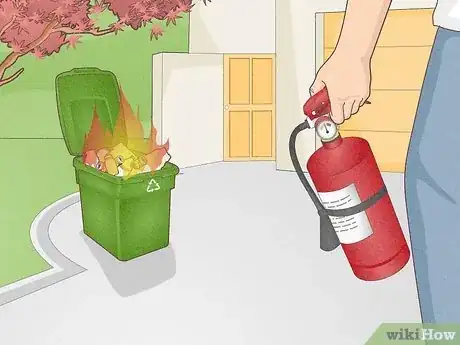
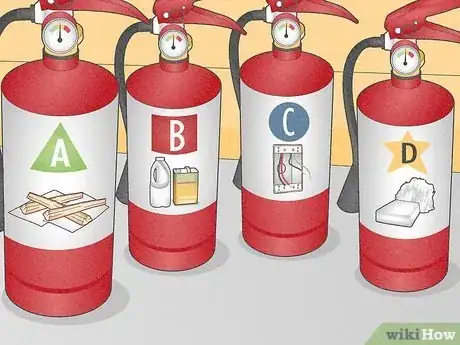
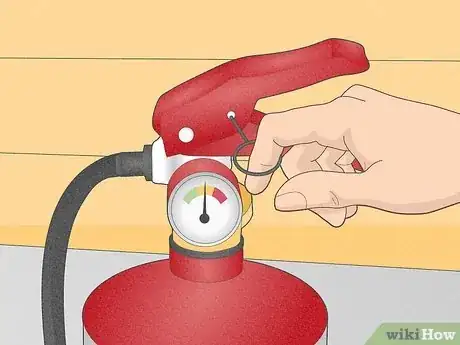


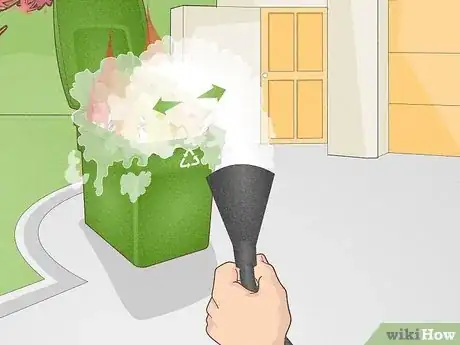

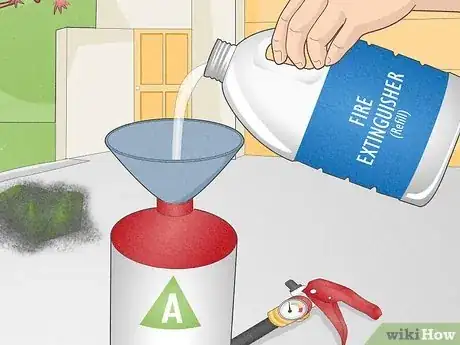
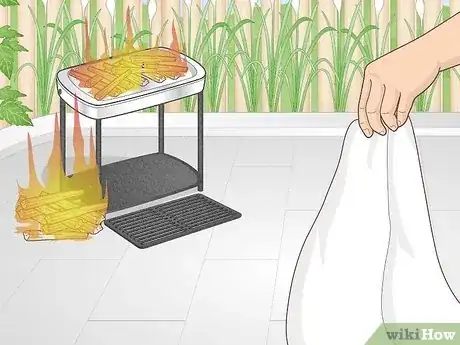

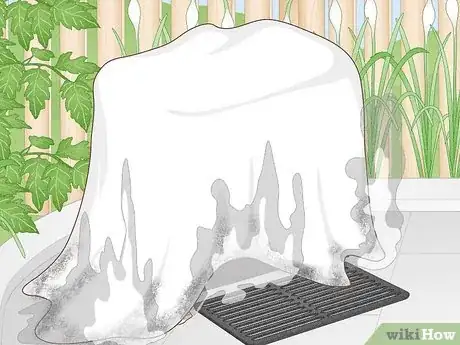


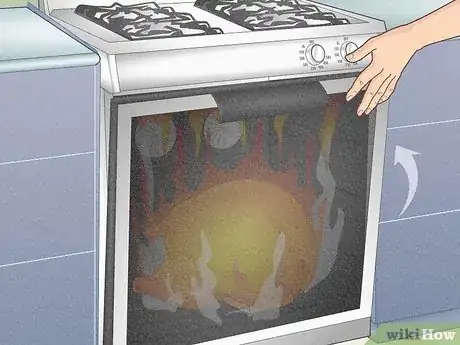
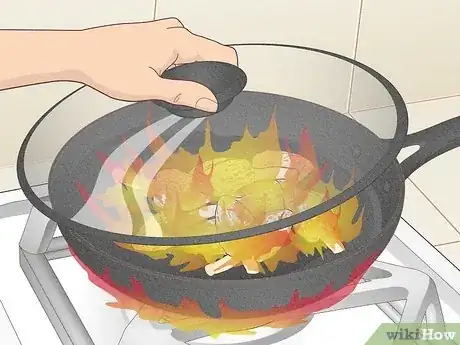

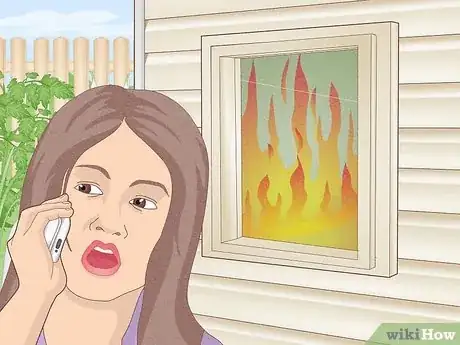
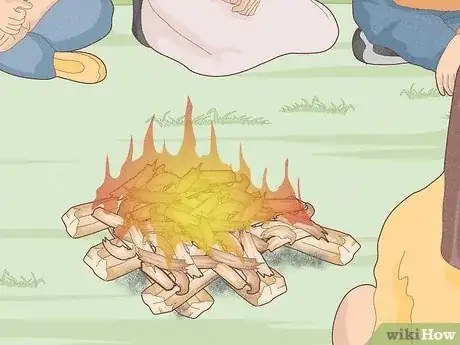
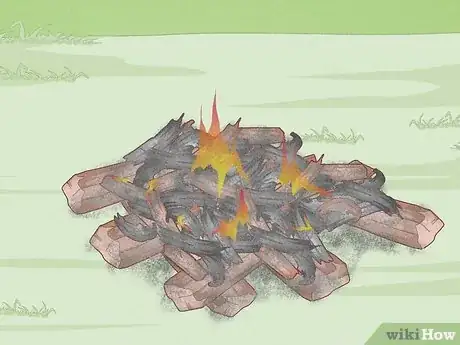
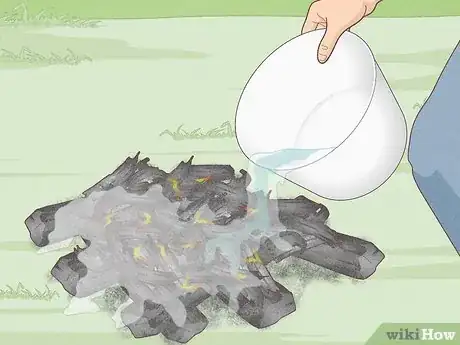
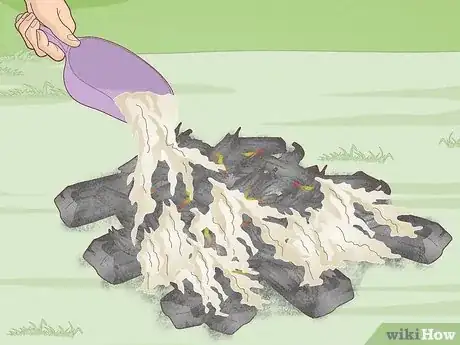
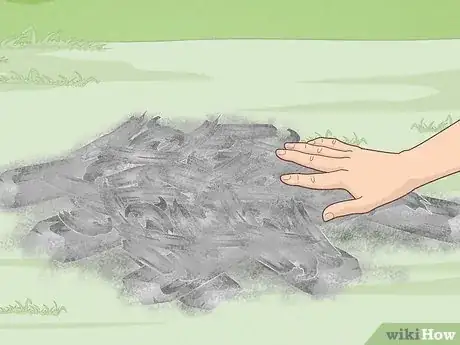
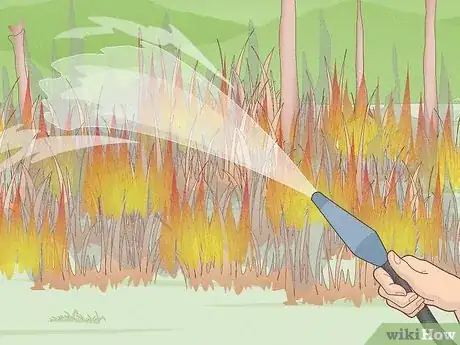
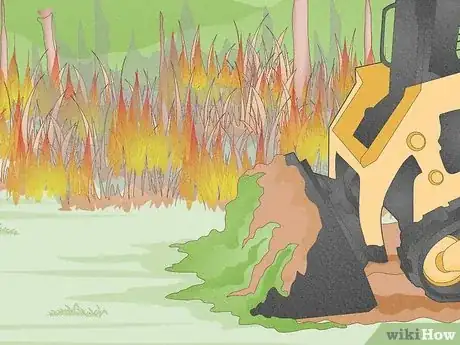

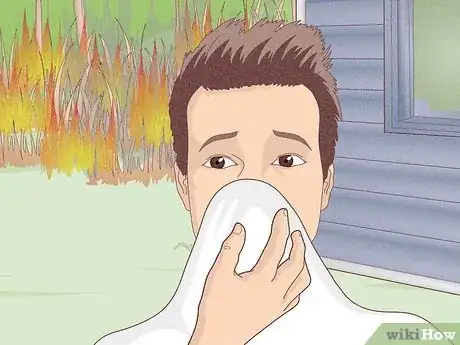

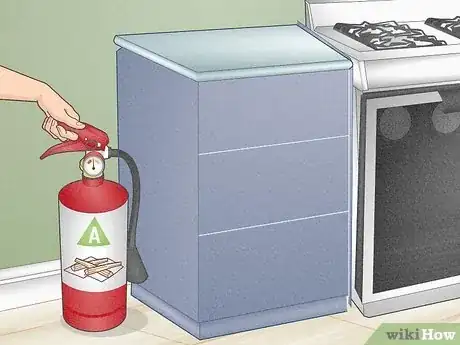
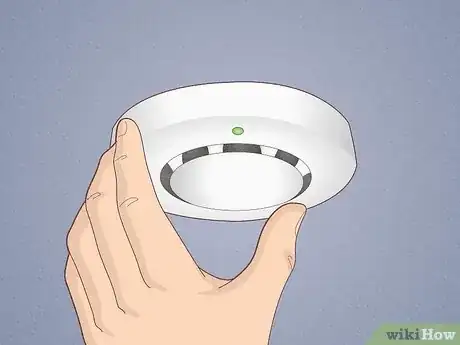

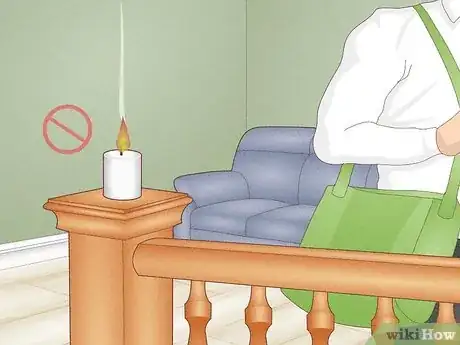

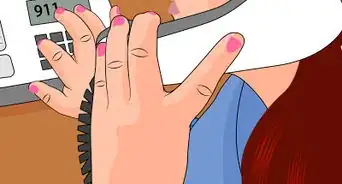
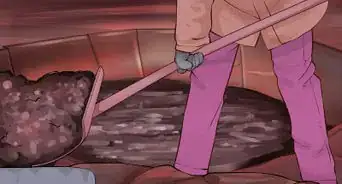
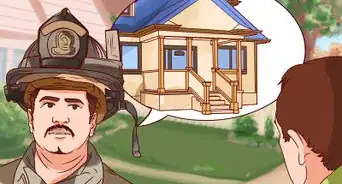



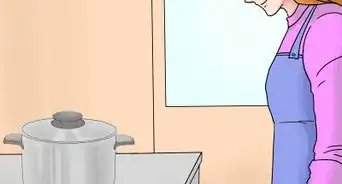

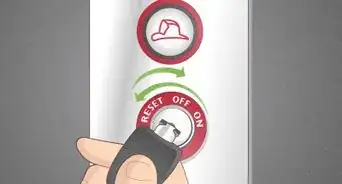
-Step-11-Version-2.webp)
